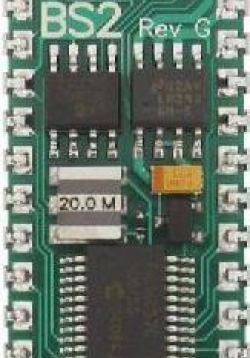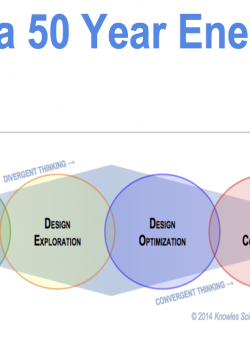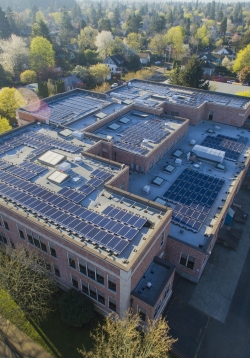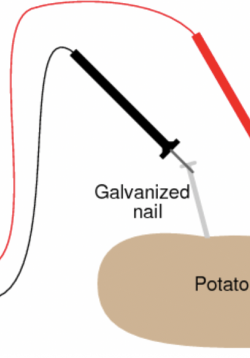Exploring Circuits and Optimum Power
This lesson is an exploratory learning cycle that will give the instructor input as to where students are in their understanding of circuits and also scaffolds student learning. This lesson starts by engaging students by using an Energy Stick. Then,...







